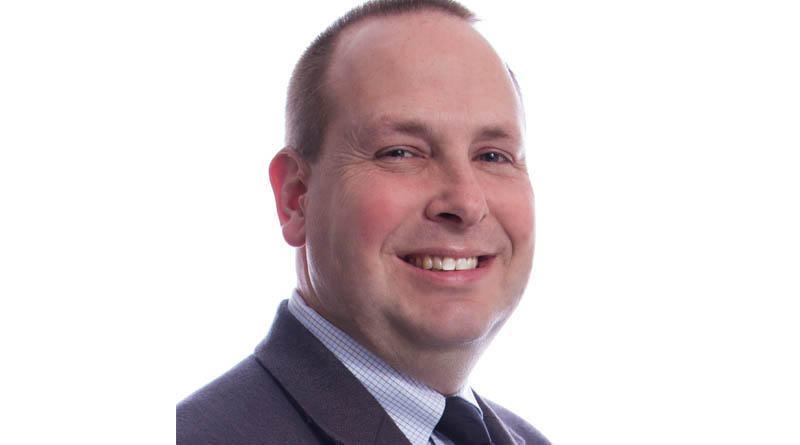By Roxanne Squires
According to Advisory Board’s Annual Health Care CEO Survey, cost control has surpassed revenue growth as healthcare system CEOs’ number one priority.
There are lots of different types of healthcare facilities — from hospitals to clinics to outpatient care centers to rehabilitation centers. So, whether you’re starting a drug rehab center or building a new hospital, you need to all of the costs have been calculated and you know it won’t lose money. At the end of the day, hospitals are large enterprises, whether they are part of a healthcare system with hundreds of hospitals, or a single hospital with hundreds of beds, as reported by Matthew Keahey, national vice president, operations, Medxcel.
Additionally, each hospital can encompass hundreds of employees in both clinical and operational faculties. Even as hospitals and their systems grow larger, 62 percent of surveyed CEOs identify “preparing the enterprise for sustainable cost control” as their top priority.
Keahey explained that while discussing cost control in the physical space of a hospital, the term “investment” may seem counter-intuitive. How does an organization save on costs if it’s investing? This doesn’t necessarily mean a large capital investment, but an investment in the people and processes serving in operational roles that ensure a hospital runs effectively.
According to Keahey, one can prioritize their facilities to enable cost control through appropriate staffing, employee engagement and date measurement.
HC+O News spoke with Keahey recently to expand on this topic.
Q: What are the best possible methods that healthcare facilities can follow to maintain cost control?
Keahey: The short answer is to invest – not with a large capital investment, but in the people and processes that serve in operational roles to ensure a hospital runs effectively. This begins with an audit of current processes and staffing to examine what is working and what isn’t, as well as the long-term effects of changes to those processes.
For example, sometimes the strategies many hospitals adopt to save money can cost them far more in the long run. Many healthcare facilities excel in caring for clinical staff with robust training, support and bonuses, but the same isn’t always true for support or skilled trade staff. It’s common to promote from within, but without the appropriate training, mentoring or leadership ability, this promotion can lead to high turnover, loss of institutional knowledge and a growing reliance on external service contracts that will cost organizations far more than growing in-house capabilities.
Furthermore, by switching to software like OneStream, the management of data, and finance can be taken care of. There are service providers like Holland Parker who can assist in this transformation to OneStream platforms. In the long run, this switch to the digital is going to help in cost control and data analysis of any given business.
Q: What is the benefit of using in-house workers compared to outsourcing?
Keahey: Many hospitals explore the route of FTE reduction to provide immediate cost savings. Within the facilities, these costs are more than often replaced with contracted services, but the long-term expenses can far outweigh the short-term gains. For example, say your facility employs one highly technical or senior-level technician, two mid-level technicians, and one contractor to fill in the gaps. What happens when your senior-level technician retires and leadership decides instead of filling that position, they like the immediate salary savings they are seeing? To take it a step further, they decide to cut costs even more by eliminating a mid-level technician, too.
Facility work must still be completed, but your staff has been reduced by half. Therefore, you outsource with a high-margin service contract. Look carefully – is the contractor’s cost more in the long-run than your in-house technicians? It’s not just the numbers, though. In-house technicians are readily available for repairs and maintenance, but now, turnaround takes longer and is dependent on the contractor’s availability. How do response delays affect patient care and clinicians?
Finally, your on-site technicians have intimate knowledge of your facility, processes, systems, and the building specifics and priorities of internal customers. Those technicians look at your facility with the eyes of an employee owner and develop rapport with others in the facility. Relationships are vital. When eliminating in-house positions, that priceless knowledge and rapport is also eliminated.
Q: How can employers enable employee engagement in the healthcare worker environment?
Keahey: Not with ping pong tables and free snacks, as nice as those are. Associates who feel valued will always do more, consider what’s best for the organization when making decisions, and stick around for the long run.
Don’t guess at what your employees want and need. Ask them. How do they want to grow? How do they want to improve your facility? This will help guide an engaging conversation and allow you to show your commitment to helping them grow in their career, resulting in higher engagement.
As part of your cost control and engagement investment, your facility should commit to reducing waste – not just environmentally, but in processes and assessments. Allow associates to participate in the solutions. Disparate systems, processes and documentation are common symptoms of a decentralized facilities management program. We often see this in organizations where different entities manage different aspects of the facility. Not only are associates operating in different ways under different standards, but it’s also difficult to assess performance accurately or pinpoint metrics at a moment’s notice, which can lead to frustrations and inconsistent feedback. Eliminate confusion and unnecessary work to make getting work done easier.
Q: When speaking about data measurement – what exact information are you trying to gain out of your data collection?
Keahey: Data makes everyone’s jobs easier, if you know where you want to go and what you’re looking for along the way. Like using a GPS to route you to a new location, your first step is to be crystal-clear on your destination, as well as where you stand right now. Evaluate the current state of your workflow, staff and resources, then set achievable goals for your team to work towards that align with the organization’s goals. Establish milestones and reporting processes to show progress.
The data measured will be different for every facility, but no matter what you’re measuring, the benchmarks and milestones collected will paint a clear picture of if your facility is moving in the right direction, or if it needs adjustments throughout the process.
Q: Any additional insights to share?
Keahey: Being committed to the development of staff is crucial to success. As a leader, helping our associates to accomplish more should be our focus, whether it be formal education, training, job shadowing, cross training or certification. Motivated and engaged staff produce quality work and save money for the organization. Additionally, when associates grow personally, they will advance to be our future leaders. Investing in your staff is always money well spent.






